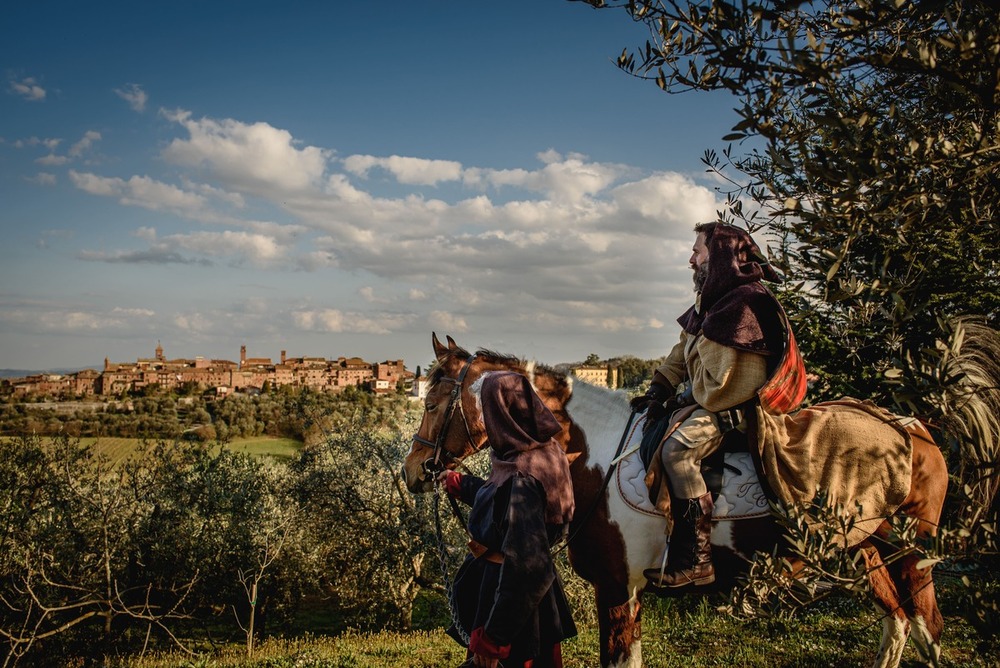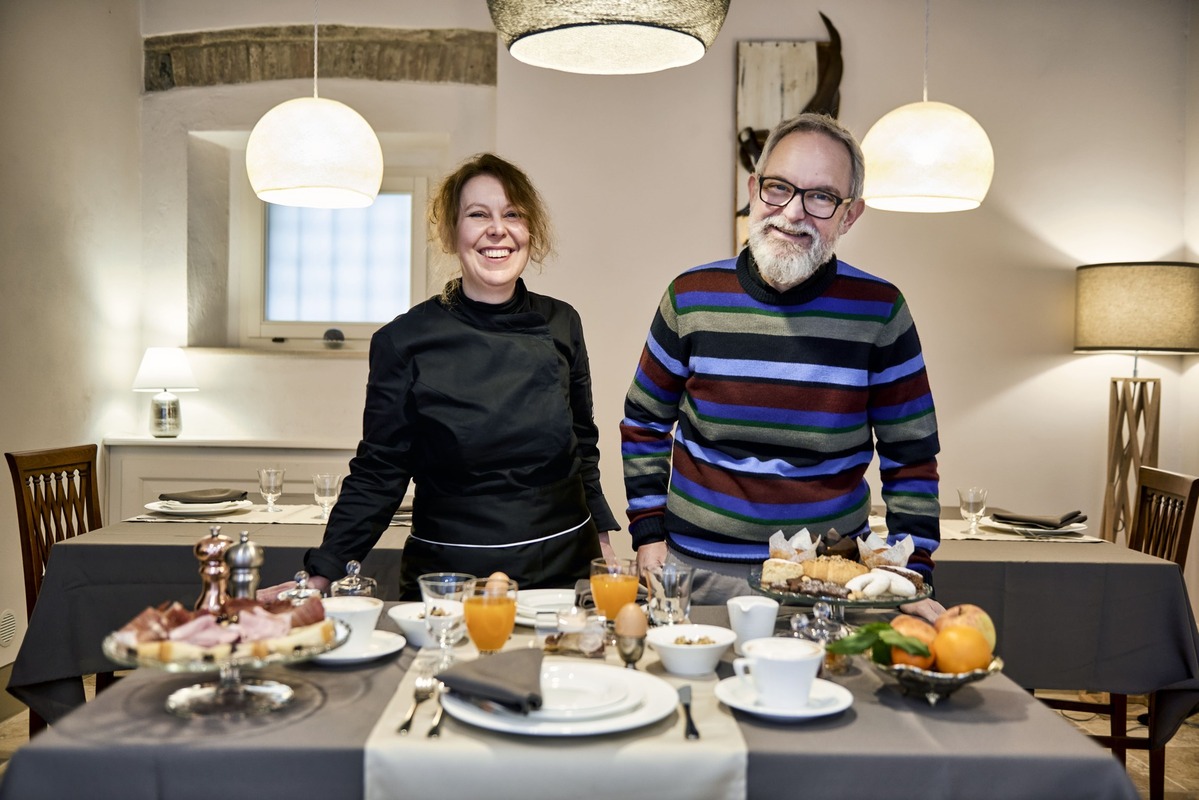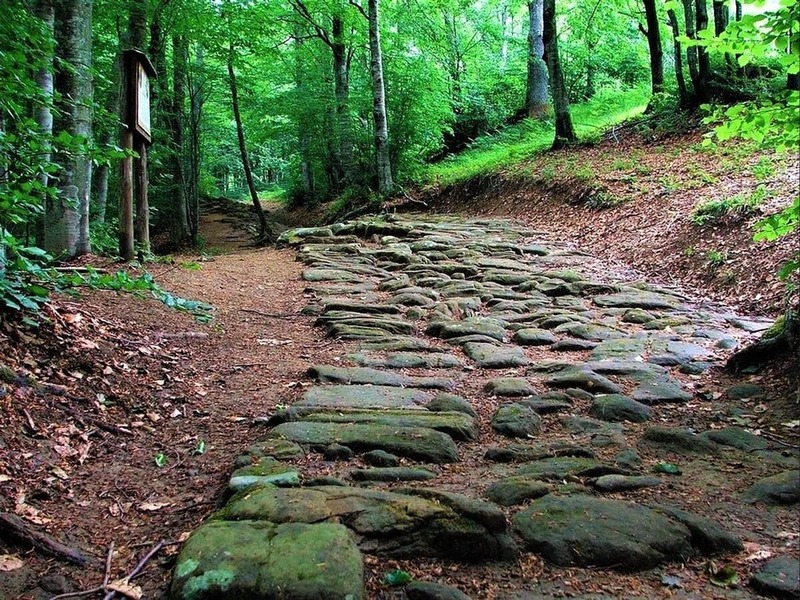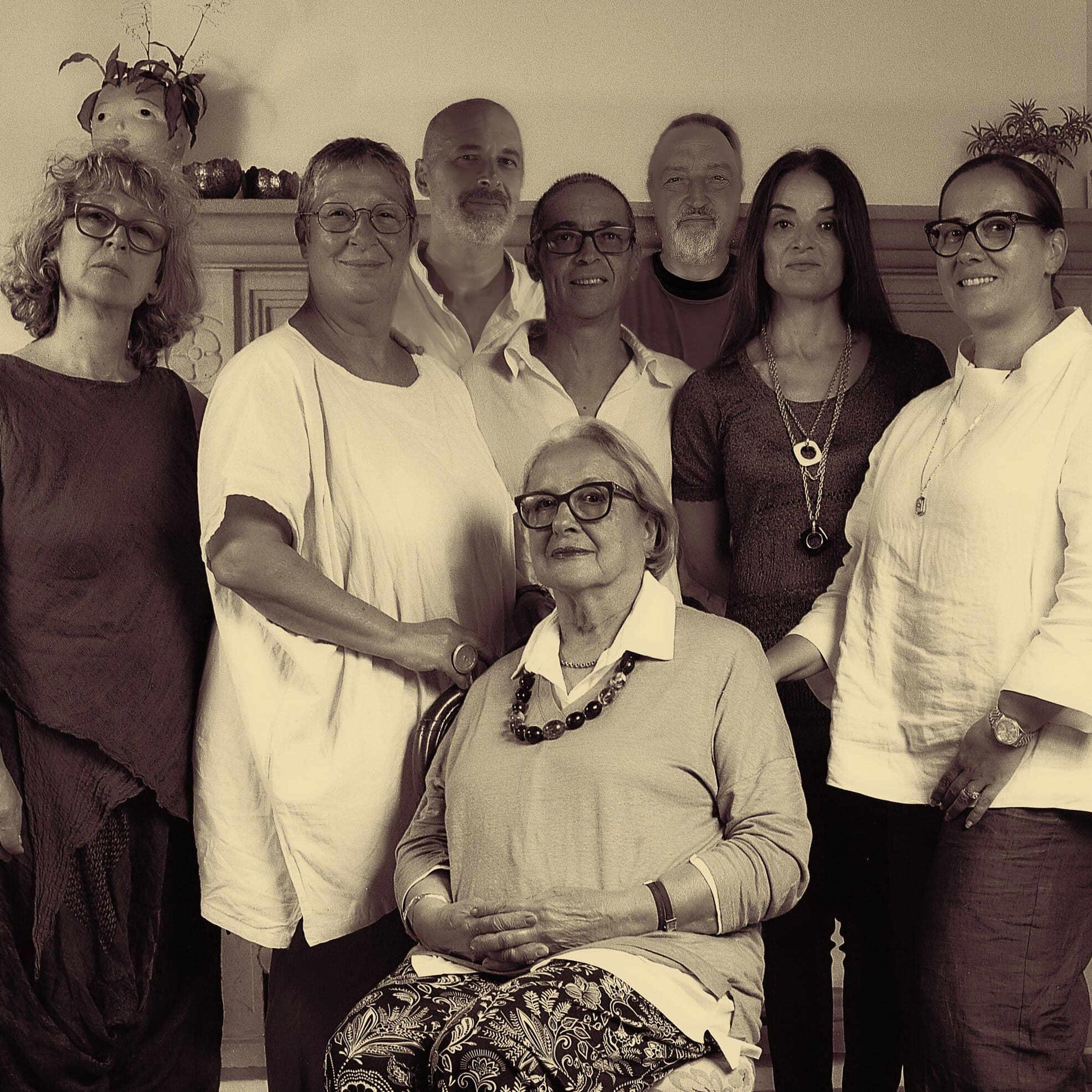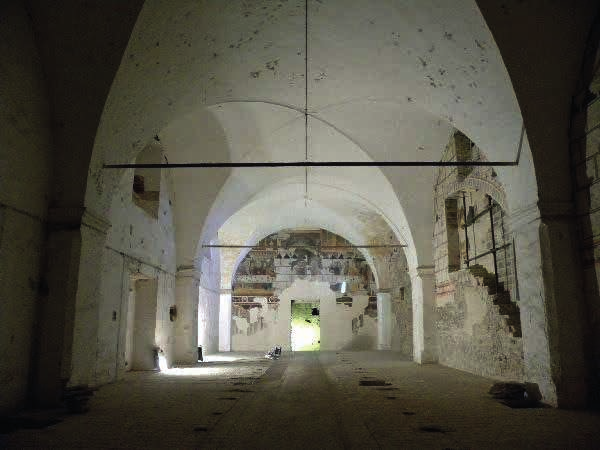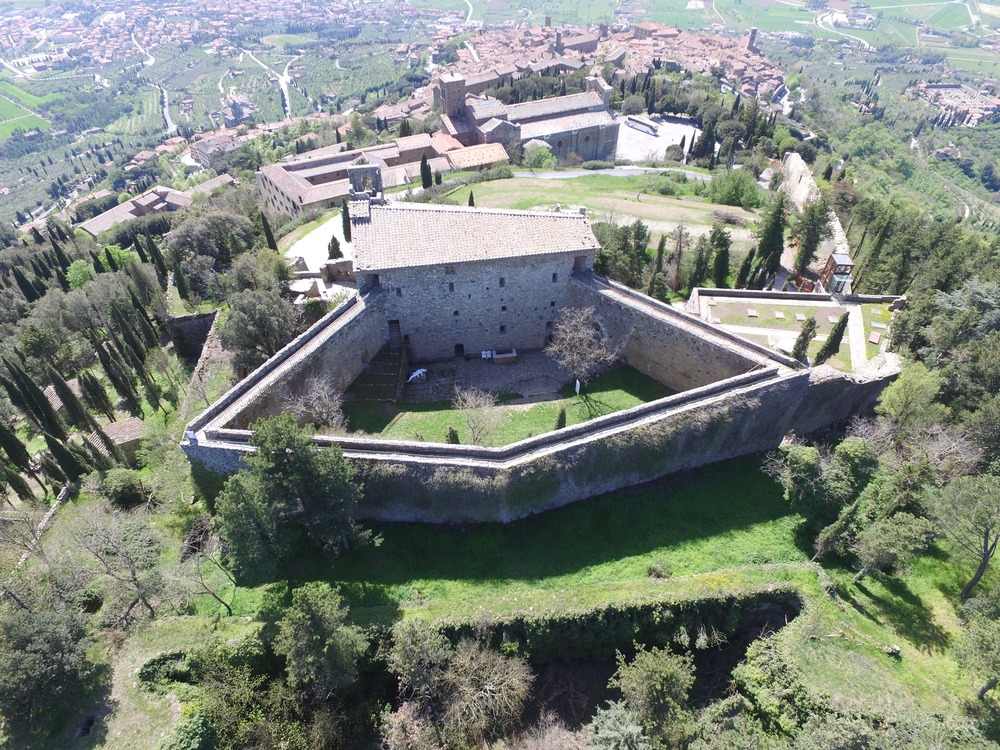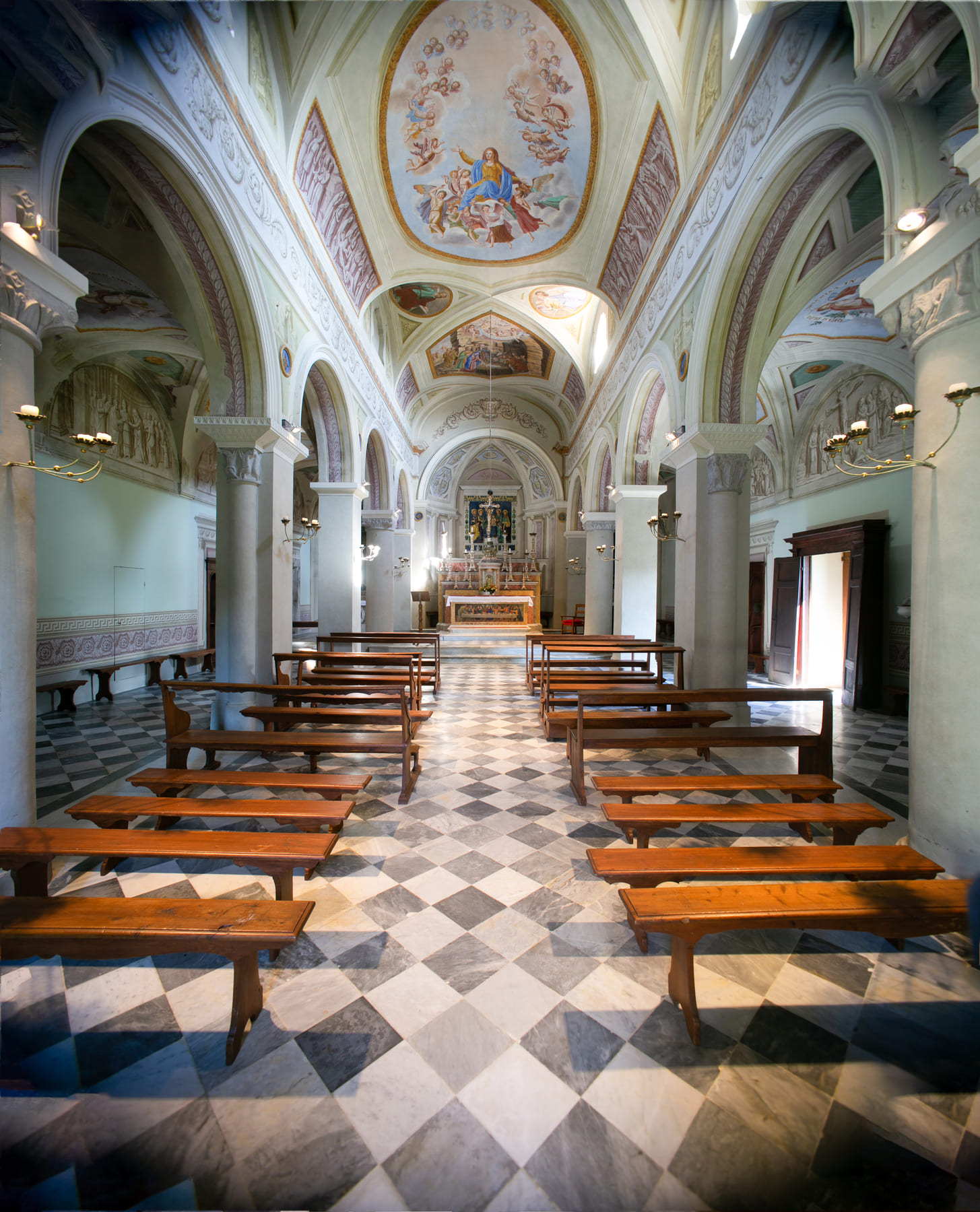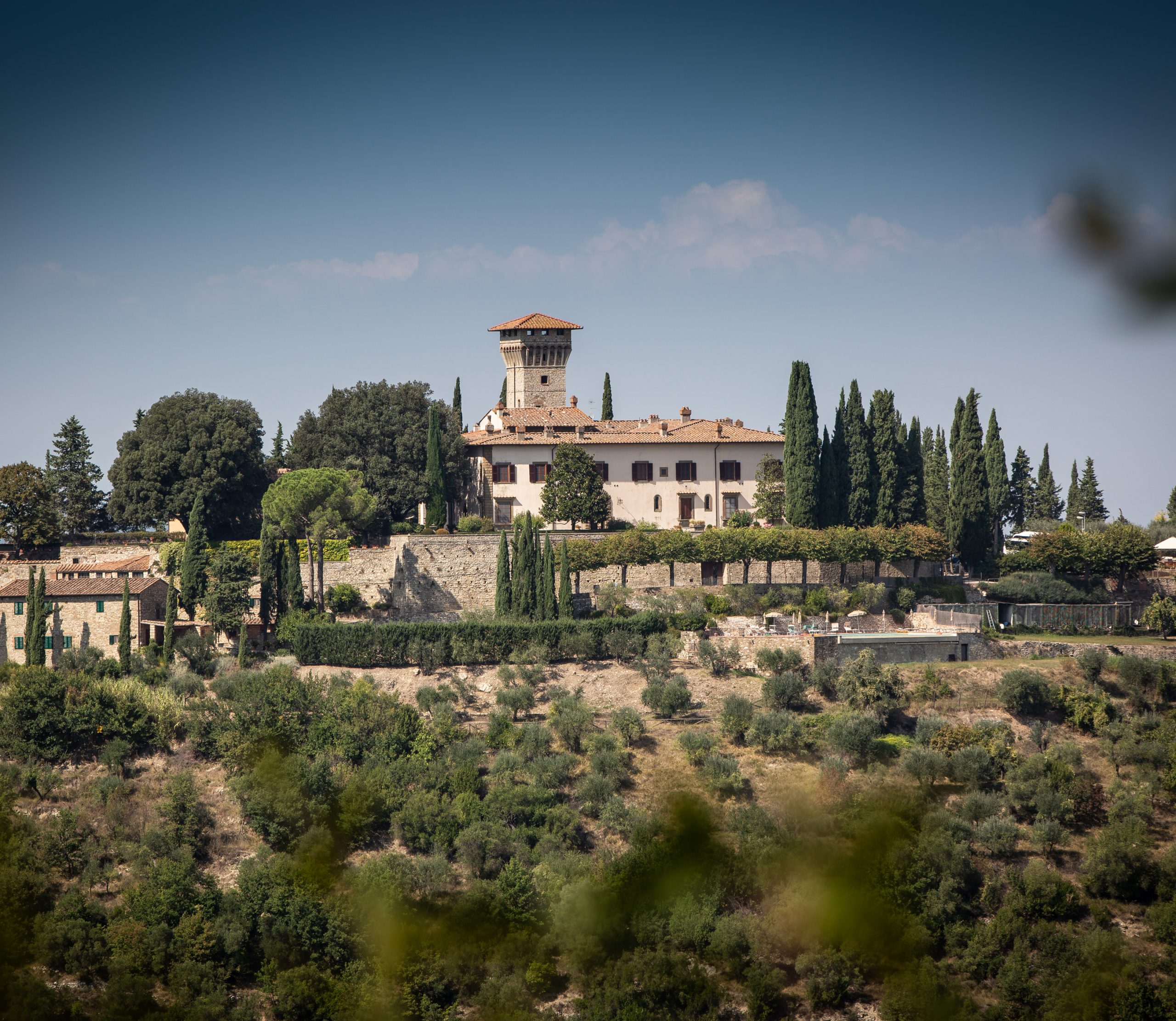The Municipality of Torrita di Siena, which is one of the founding members of the Valdichiana Food Community, has been committing itself for years with actions aimed at safeguarding the environment, recovering the memory of its rural origins and the activities and tools related to it and, last but not least, the adoption of administrative measures that guarantee the use of local raw materials in the canteens of its territory
read more >Tag: history
It happens, wandering through the villages of our beautiful Tuscany, to come across forgotten pieces of history. Yes, the very ones that in lands less rich in antiquity and traditions would drive tourists crazy as if they were rare and precious stones, and which, to us, seem so normal that we don’t pay much attention to them. In Sarteano this is the case of the “Pope’s House”, the palace where Francesco Todeschini Piccolomini, born Pope Pius III (1439-1503), was born.
read more >The numerous nature reserves and lush forests offer ideal routes for hiking, trekking and cycling, while small lakes and rivers such as the river Sieve are perfect for a canoe trip or an afternoon of relaxation.
read more >I invite everyone, both the people of Gualdo and those who love history, traditions and art from other cities, to come and discover the Gualdo Tadino Museum Centre. Here you will find seven museums: the Rocca Flea Civic Museum, the Opificio Rubboli Museum, the Ancient Umbrian Archaeological Museum, the Museum of Ceramics, the Donkey Museum, the Pietro Conti Regional Museum of Emigration and the Monumental Church of San Francesco.
read more >Staying at La Bracceschina is a unique experience! As soon as you enter the medieval palace, you are greeted by the fresh scent of the well-furnished rooms, setting the tone for a relaxing and welcoming stay. The comfort of the soft beds and the nighttime silence guarantee a restful night, while the gentle morning light filters through the windows, revealing a breathtaking view of the majestic Spoleto Cathedral and the imposing Rocca Albornoziana.
read more >The heirs of the Bianciardi family have created the Friends of Palazzo Bianciardi Association with the aim of making this heritage accessible through the creation of the MAB, the Bianciardi Archive Museum, so that it can become a resource for the community and beyond.
read more >The frescoes of the fifteenth century coexist with an older layer dating back to at least two centuries before, which have a clearly templar nature”. They are part of the original decorative apparatus of this, which could have been a church but also a temple, since the motifs refer to the stone of the temple in Jerusalem.
read more >There has probably been a fortress on the hilltop overlooking Cortona since the 5th or 6th century BC, when the original Etruscan walls followed a course which roughly corresponds to the existing perimeter walls of today. However the first historical records describing a ‘strong and beautiful fortress’ date back to 1258 AD. Having been plundered and sacked several times during the wars with Arezzo it was sold to the Florentine Republic in 1411, together with the entire city of Cortona, although reconstruction work only began in 1527.
read more >The first historical evidence is found in a parchment of 1010 preserved in the Abbey of San Lorenzo in Coltibuono, in that document it is called plebes Sanctae Mariae quae dicitur Novella – the term novella in the Middle Ages was used to indicate a new piece of cultivated land.
read more >The Castle has been owned since 1964 by the Matta family, who in the 1980s began in the accommodation business with six apartments inside the castle. Currently there are 16 guestrooms, including those inside the castle and the suites in the rectory. Under the walls we find an enchanting swimming pool with a panoramic view over the valley, a delight for the eyes.
read more >